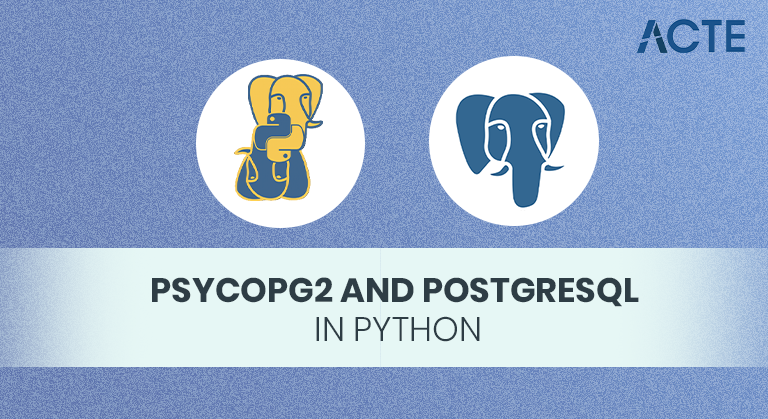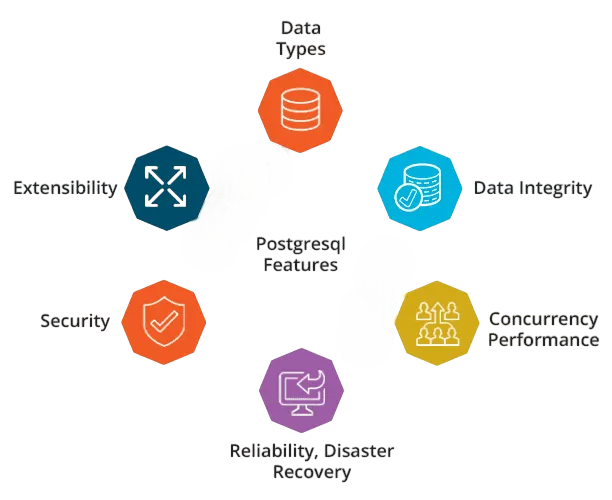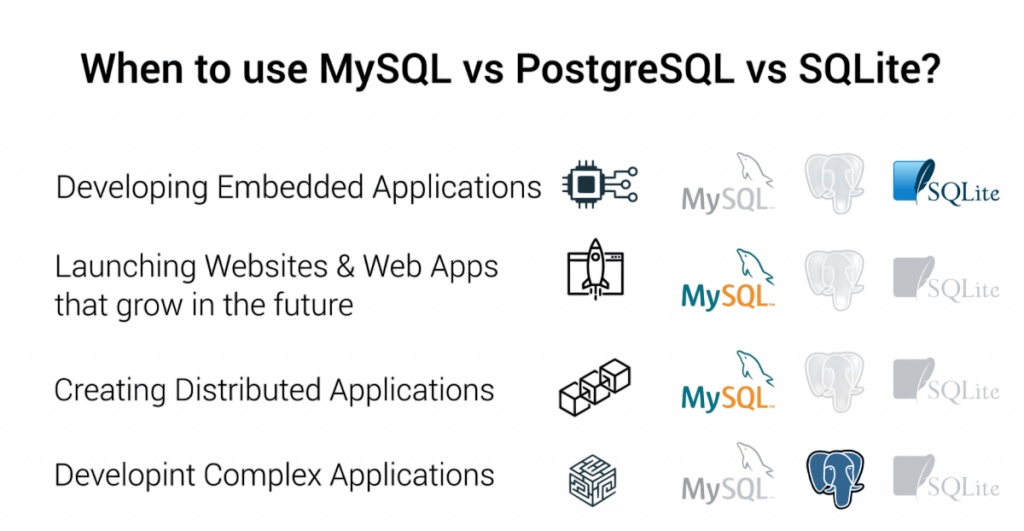
- What is PostgreSQL?
- How Does a Postgres Database Work?
- Key Features That Make PostgreSQL Stand Out
- What are the Main Advantages of Using PostgreSQL?
- PostgreSQL vs. MySQL: What’s the Difference?
- Understanding the PostgreSQL Architecture
- Who Uses the Postgres Database Today?
- Common Use Cases for PostgreSQL
- Is PostgreSQL the Right Choice for You?
What is PostgreSQL?
PostgreSQL, also known as Postgres, is a database management system. It stores data securely and allows users to get to it fast. It started as a project at the University of California, Berkeley, over 30 years ago. It has a history of stability and continuous development. Unlike many database systems owned by companies, it is open-source. This means a global community of developers maintains it, and it is free to use, change, and share. It’s known as one of the most advanced open-source relational databases.
Do You Want to Learn More About Python? Get Info From Our Python Online Training Today!
How Does a Postgres Database Work?
Postgres databases use a client-server model. Think about ordering food. You (the client) tell the waiter your order, and they take it to the kitchen (the server). The kitchen makes the food and the waiter brings it back. In the same way, an app (the client) asks the PostgreSQL server for something. The server then handles saving data, changing data, or getting specific data and sending it back to the app. The database speaks SQL (Structured Query Language), which is how we talk to relational databases. This setup keeps data organized and safe.
Key Features That Make PostgreSQL Stand Out
PostgreSQL is more than just another SQL database; it has strong features that give it an edge. Its collection of features is a key reason why developers pick it for difficult, important apps.
- Very Adaptable: A well-known aspect of PostgreSQL is how adaptable it is. You’re not stuck with the standard data types. Developers can design their own data types, functions, and operators, letting them change the database to fit what they need.
- ACID Rules: PostgreSQL follows all ACID rules (Atomicity, Consistency, Isolation, Durability). These rules make sure that database actions are handled well. Basically, your data stays correct and safe, even if there are mistakes or system failures.
- Complex Data Types: While other databases deal with simple numbers and text, PostgreSQL supports many complex data types. These include JSON for web connections, XML for organized files, HSTORE for key-value sets, and location data types for apps that use location.
- Many Users at Once Using MVCC: It uses a system called Multi-Version Concurrency Control (MVCC). This smart feature lets many users read and write to the database at the same time without blocking each other.
- Works on Many Systems: If you’re using Windows, macOS, Linux, or a UNIX-based system, PostgreSQL works well on all of them. This makes it very useful for development teams.

What are the Main Advantages of Using PostgreSQL?
Picking a database system is an important decision. For many, PostgreSQL is an easy choice because of its advantages. These benefits explain why it’s becoming more common in various projects.
- Very Reliable: After being developed for over 30 years, PostgreSQL is known for its stability and keeping data safe. Companies trust it to protect their important information.
- No License Costs: As an open-source project, there are no license fees. This could save organizations money when compared to paid database options.
- Active Community: A large global community supports PostgreSQL, meaning there is great documentation and free support online through forums. There’s also a wide selection of third-party tools and add-ons available.
- Good Performance: PostgreSQL can manage big datasets and complicated requests without problems. Its query tool helps find the best way to get your information, giving you quick answers.
- Good Security: Security is a key component. It includes access controls, multi-factor authentication, security at the row level, and other things to keep your data safe from those that shouldn’t see it.
Want to Pursue a Python Master’s Degree? Enroll For Python Master Program Training Course Today!
PostgreSQL vs. MySQL: What’s the Difference?
People often wonder how PostgreSQL stacks up against MySQL. The discussion isn’t about declaring a single winner; it’s about finding the better tool for a specific job. MySQL is usually favored for its simplicity and speed, making it useful for web applications that mostly read data, like content management systems. PostgreSQL, by contrast, is designed for complex tasks and growth. It does well in areas that need complicated requests, data storage, and solid data correctness, like finance. Plus, PostgreSQL follows SQL standards more closely, which many developers appreciate.
Understanding the PostgreSQL Architecture
To understand PostgreSQL, knowing a little about how it’s built is useful. The system revolves around a main server process named postmaster. This process takes care of incoming connections and begins new backend processes for each connecting client. Data is kept in files on the server’s disk, but often-used data is stored in shared memory for quicker access. The Write-Ahead Log (WAL) is very critical. Before any change happens to the data files, PostgreSQL writes the change to this log. This makes sure that if the server fails, no data is lost, which ensures data stays safe and makes fixing problems easy.
Who Uses the Postgres Database Today?
PostgreSQL is more than just a research project; it is a database that has been proven reliable by many well-known tech companies. Apple, Instagram, Spotify, and Twitch, among others, use it for crucial parts of their operations. Its dependability also makes it popular in finance, government, and scientific research. Its broad acceptance shows its strength and stability. The many ways PostgreSQL can be used prove it can fit into almost any field or data situation, from basic web applications to large data analysis platforms.
Preparing for a Python Job? Have a Look at Our Blog on Python Interview Questions and Answers To Ace Your Interview!
Common Use Cases for PostgreSQL
PostgreSQL’s flexibility means it fits many uses. Its many features make it a good option for different situations.
- Web Apps: It works as a dependable database for web and mobile applications needing data integrity and scalability.
- Geospatial Database: The PostGIS tool turns PostgreSQL into a strong geographic information system (GIS) for mapping and location-based services.
- Data Warehouse: It manages big data analytics and business intelligence (BI), letting firms do complicated searches on lots of data.
- Financial Systems: Its ACID compliance suits it for banking, finance, and systems where error-free transactions are key.
- Scientific Data: Scientists use PostgreSQL to keep up with, organize, and study the large amounts of data from experiments.

Is PostgreSQL the Right Choice for You?
In summary, the postgres database is more than storage. It’s built for reliability and performance with many features and ways to expand it. Its blend of zero cost, useful tools, and community help makes it a great option for personal projects or large business apps. For projects needing data integrity, complex searches, and room to grow, learning PostgreSQL is a smart move. It supplies a base skill for developers and can handle many database tasks.


